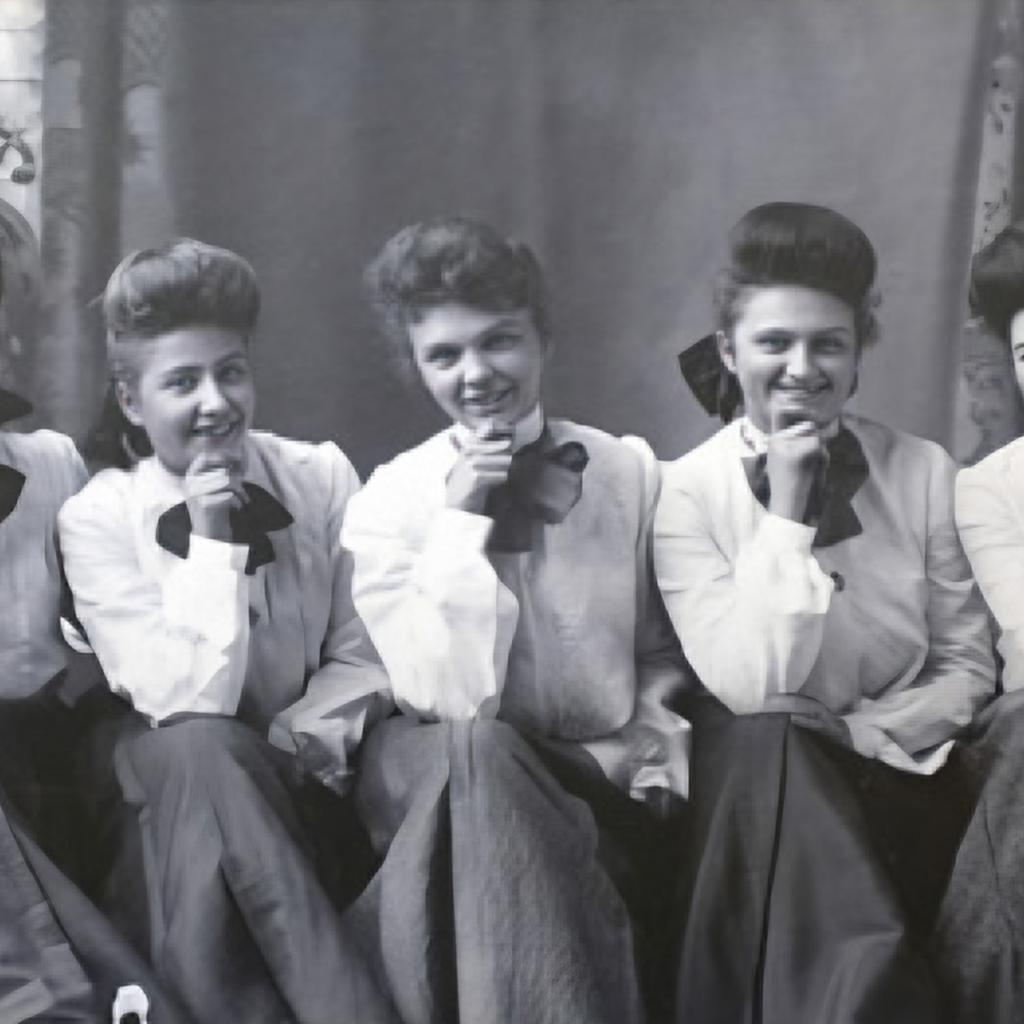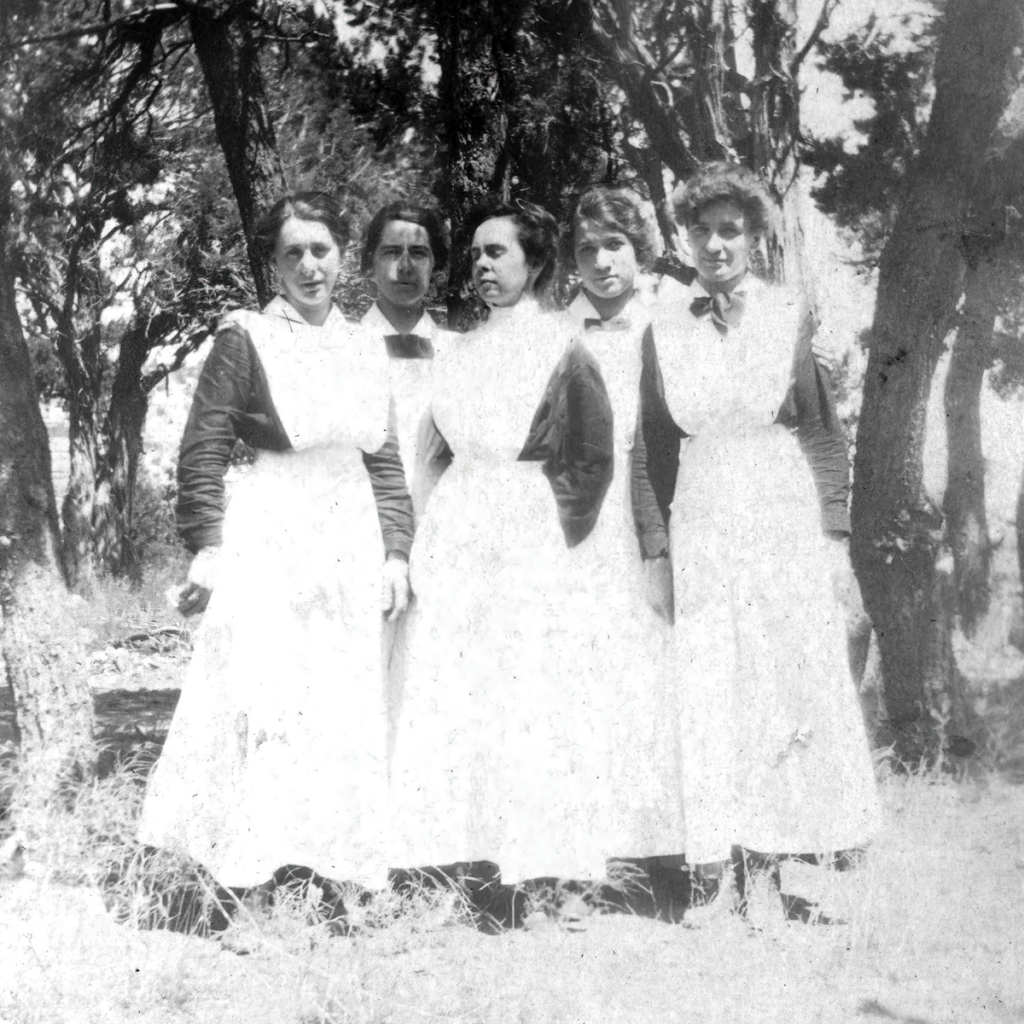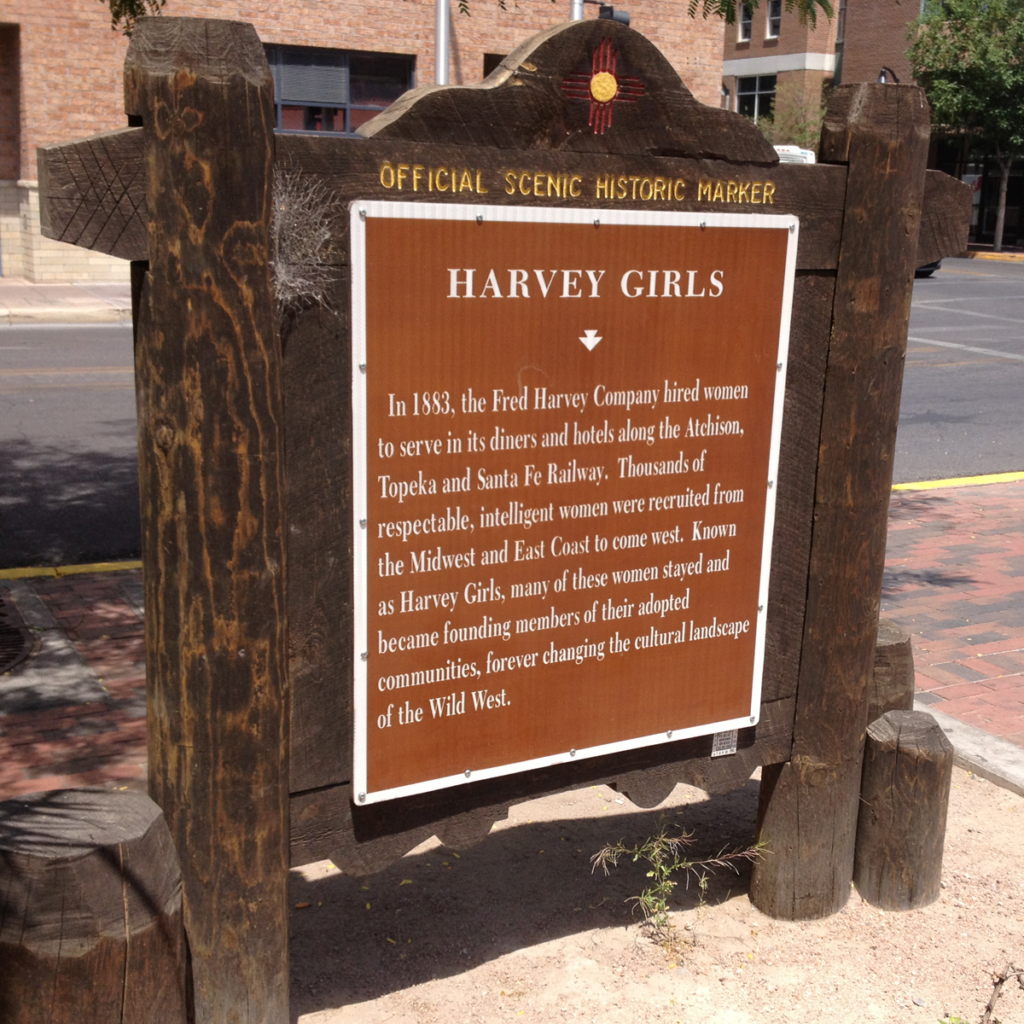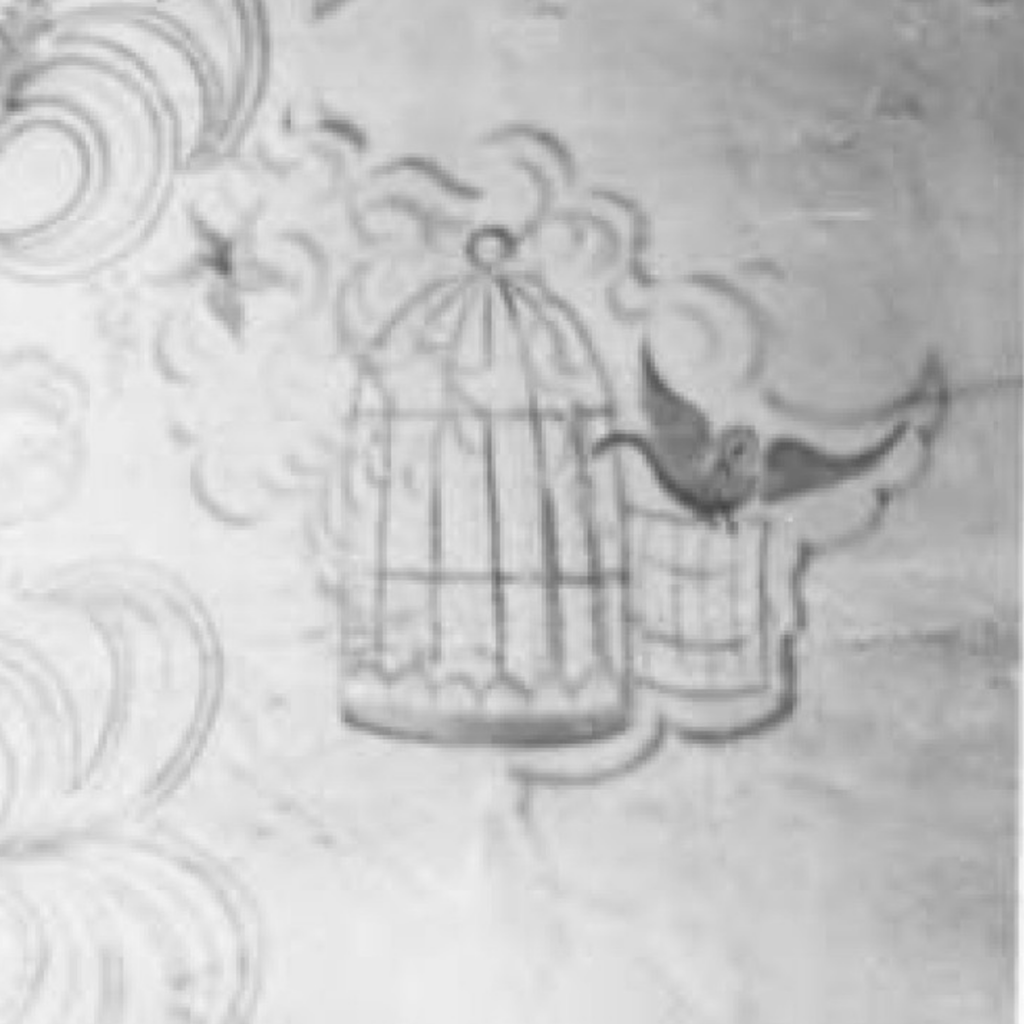Harvey Girls.
Photo Credit: Courtesy of New Mexico Historic Women Marker Program. Courtesy of New Mexico Historic Women Marker Program.
Harvey Girls
1860s - 1960s
Bernalillo County
At a time when women had few options and little prospect of achieving financial independence, the Fred Harvey Company offered young women an opportunity to work as waitresses for very decent wages and in a safe living environment. Between the 1880’s and 1950’s, thousands of young women served as Harvey Girls.
The Harvey Girls were the brain-child of Fred Harvey, an entrepreneurial spirit who envisioned a path of gentility, courtesy, and fine dining along railroads of the west. At a time when women had few options other than teacher or wife and little prospect of achieving financial independence or homes of their own, the Fred Harvey Company offered young women an opportunity to work as waitresses for very decent wages and in a safe living environment. The prospect proved extremely tempting: Between the 1880’s and 1950’s, thousands of young women served as Harvey Girls.
Harvey arrived in New York City from his native England at the age of 15 and began working in restaurants. He apprenticed in restaurants in New York, New Orleans, and Kansas, learning everything they had to offer about the art of dining out. Harvey dreamed of opening his own restaurants.
To earn money to realize his dream, he took a job with the railroads and opened his first restaurant with a partner. When they differed in their goals, the venture closed. Harvey was appalled at the traveling conditions for rail passengers of that time. He conceived a brilliant plan of feeding and housing travelers in high-quality hotels and restaurants along the rail lines. The first railroad he approached, the Burlington, turned him down so he took his idea to the Atchison, Topeka and Santa Fe Railroad. A deal was struck with a handshake and the first Harvey diner opened in Topeka, Kansas, in 1876. It was an immediate success.
Other hotels and diners followed. But in spite of his vision, Harvey had difficulty making it a reality with the available workforce in the remotest places of the Wild West. Upon finding every waiter drunk and disorderly in his establishment in Raton, New Mexico, in 1883, he fired them all on the spot and set about finding a better and more reliable replacement. Newly hired manager Tom Gable suggested Harvey hire waitresses because they didn’t drink or have knife fights. Harvey embraced the suggestion and promptly placed the following ad in East Coast newspapers:
“WANTED‑young women, 18 to 30 years of age, of good moral character, attractive and intelligent, as waitresses in Harvey Eating Houses on the Santa Fe Railroad in the West. Wages $17.50 per month with room and board. Liberal tips customary. Experience not necessary. Write Fred Harvey, Union Depot, Kansas City, Missouri.”
People were skeptical but the young women came. Often with only 24 hours notice, they packed their bags and came west. Harvey provided all the training, uniforms, lodging, and board. Each woman was required to sign a contract agreeing not to marry during the term of her contract, to follow the rules, and to learn the Harvey way. Their uniforms–black dresses with spotless, starched white aprons and bows–were provided and became the hallmark of a Harvey Girl. The women lived in dormitories and traveled on rail passes up and down the line.
Thousands of young women came to work for Harvey. While some returned East at the end of their contract or before, many stayed, some advancing within the company. The influx of reputable young women was a welcome relief to the unmarried men of the Wild West, who fell hard for the Harvey Girls. Many a Harvey Girl married and stayed, putting down new roots in the west. American men may have opened the west along the Old Santa Fe Trail (to say nothing of the Native and Hispanic people already living there), but it was the Harvey Girls who civilized it.
Well after the demise of the railroad, Harvey Girls could be found across the west working in diners and hotels along the highways that sprang up to replace the railroad. The Fred Harvey Company revolutionized railroad travel, offering decent, reputable service and goods under a well-known brand name in what became the world’s first chain restaurant. From 1883 until the 1950s the Harvey Company employed approximately 100,000 women. It opened opportunities for women in business and helped civilize the Wild West as the territory came under the American flag.
Sources:
Grattan, Virginia L. Mary Colter: Builder Upon the Red Earth. Grand Canyon, AZ: Grand Canyon Natural History Association, 1992.
Morris, Juddi. The Harvey Girls: The Women Who Civilized the West. New York: Walker and Company, 1994.
Poling-Kemps, Leslie. The Harvey Girls: Women Who Opened the West. New York: Marlowe and Company, 1991.
Directions:
Harvey Girls
Bernalillo County
Entrepreneur |
Statehood (1912 - present) | Territorial Period (1848 - 1912) |
Central










